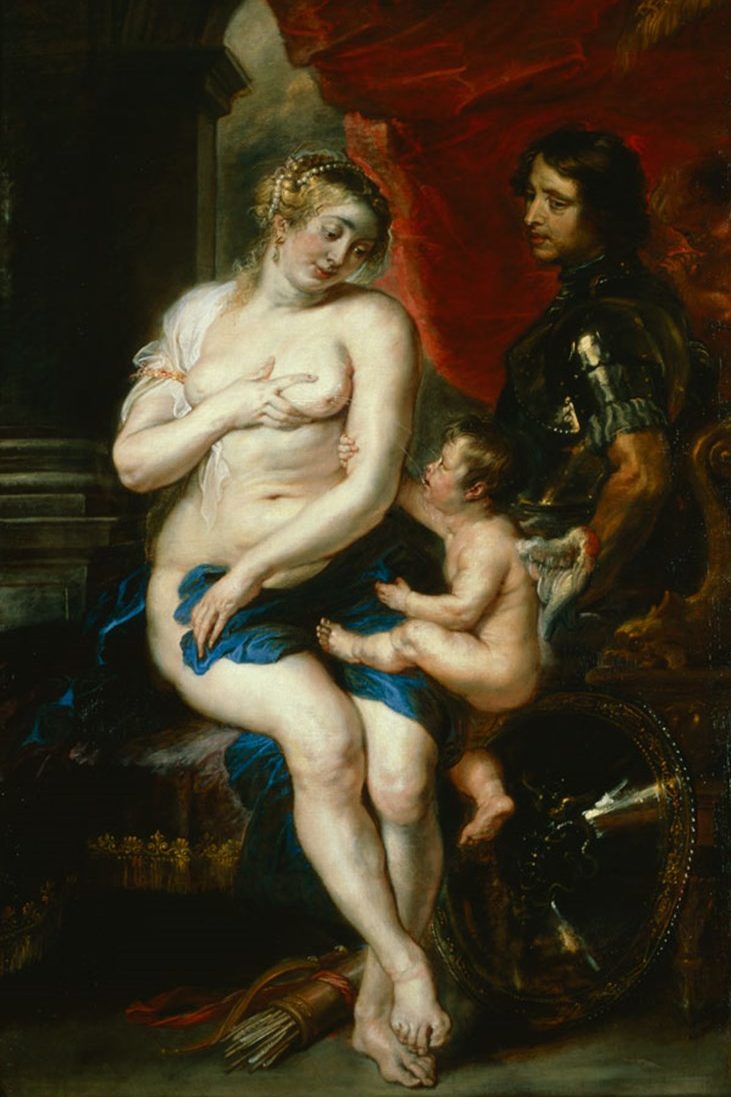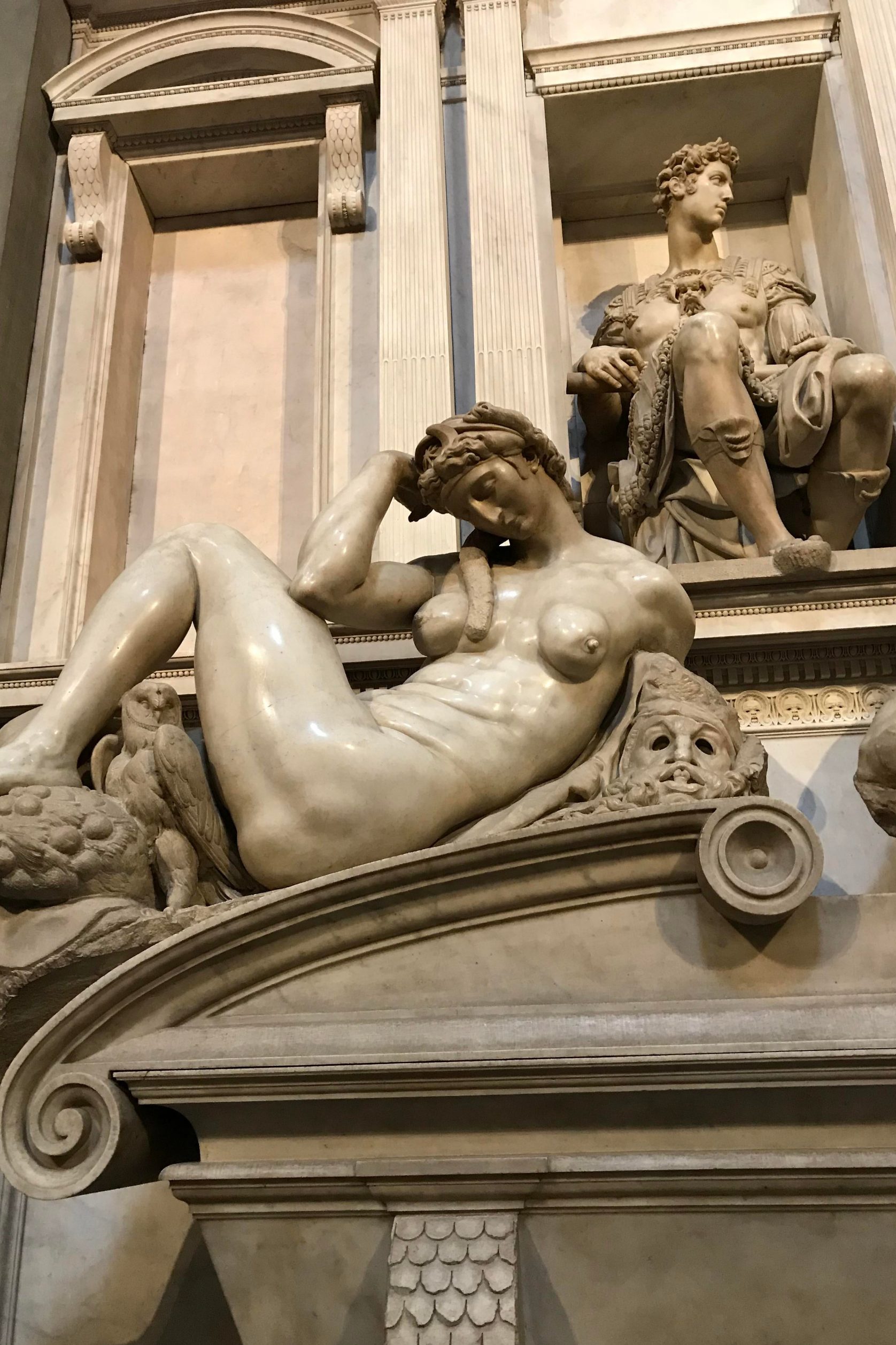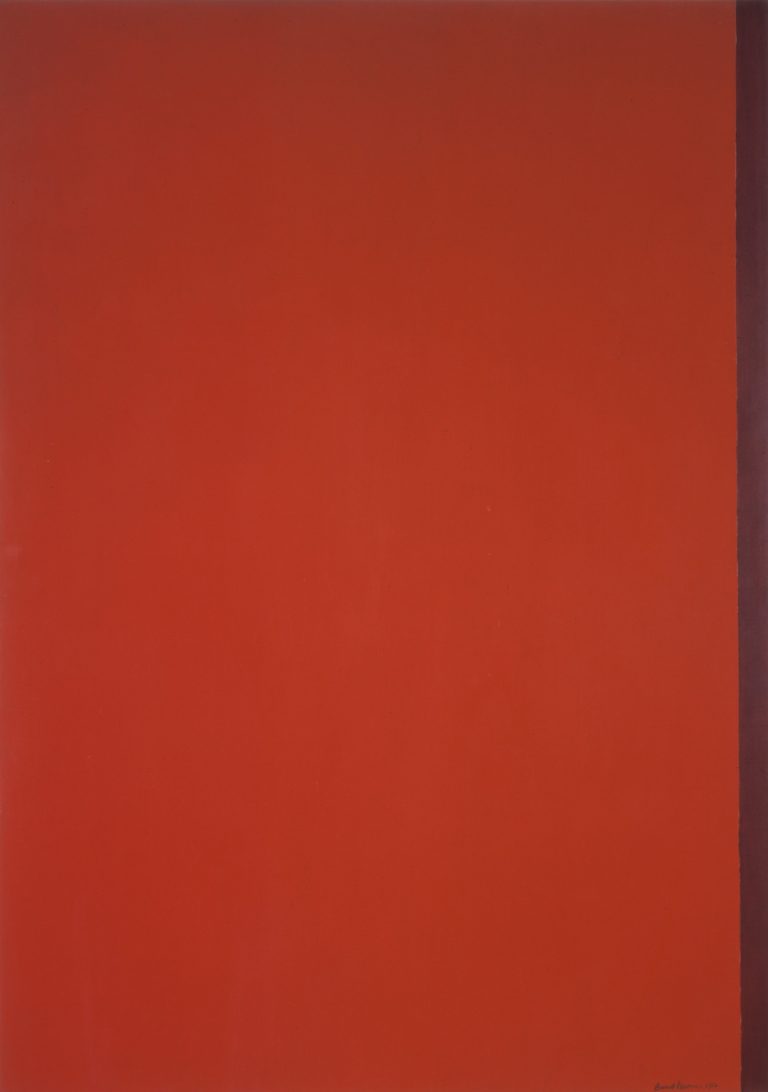For the 101st episode of Elevenses with Lynne I asked what you would put into room 101. The results are in!
The Mona Lisa!
I know! I think it might be more about the hype surrounding the Mona Lisa than the image itself but where did the hype come from?
I think it’s a perfect storm that included the fact that da Vinci didn’t paint many portraits of women, its inaccessibility in the collection of Francois I, its theft and subsequent retrieval and not to mention those elusive qualities that art historians love to wax lyrical about. I’ll stop there!

Leonardo da Vinci, The Mona Lisa, 1503-06 (1517?), Louvre, Paris

Peter Paul Rubens, Venus, Mars and Cupid, 1635, Dulwich Picture Gallery, London
Boobs! Specifically the knobbly kind that Rubens was so fond of and the ice-cream scoops that Michelangelo served up. Access to female models was rare and so when Rubens married Hélène Fourment in 1630 he used her as model, wobbly bits and all (which he absolutely adored judging by the frequency with which he painted her). Michelangelo, suffice to say, probably wasn’t remotely interested in anyone’s boobs, even for the sake of not being placed in ‘art history room 101’ 500 years down the line.

Michelangelo, Night from Medici Tomb, 1524-27, Florence, Italy
And so we move from the bizarre to the pretentious. Abstract Expressionism is firmly in ‘art history room 101’. The movement that was particularly popular in New York in the 1950s amongst artists got the thumbs down from more than one of you. I get it. It’s unusual to say the least that Rothko painted the Seagram Murals for the Four Seasons restaurant with the specific desire to make the wealthy diners unwell because they should be paying more attention to the artworks. Are you one of the people who will sit in contemplation of these works for hours? Likewise will you stand the requisite distance away from Barnett Newman’s works and read them like portraits? I imagine that some of you might not. Adam and Eve is a reflection on beginnings apparently. Got it?

Rothko, Black on Maroon, 1958, Tate Galleries, London
Warning! These images may have an effect on you if you contemplate them for hours.

Barnett Newman, Adam and Eve, 1950, Tate Galleries, London
Which brings me to my ‘art history room 101’ moment. The pseudy artwork descriptions more often than not are connected to movements such as Abstract Expressionism. Along with that goes the kind of art that has to be explained by arty bollocks (see the website artybollocks – brilliant!). It’s not really art at all but an idea that can’t be conveyed in and of itself but has to have some description or clarification attached.
That’s often the case with video art. Yep, that’s in room 101 too.
And finally. Terrible reproductions. Back in the day when only a select few were elevated to the status of biscuit tins and posters, I thought I hated Constable’s Haywain. It’s not surprising when I was looking at the leached colours of a grainy print on tin. Ditto Monet’s Waterlilies or his garden at Giverny. Perhaps it was their association with doctor’s, dentists and the like? Anyway, in they go.
And the door to ‘art history room 101’ is closed.
The video of this episode can be viewed here. To view the entire ‘Elevenses with Lynne’ archive, head to the Free Art Videos page.
